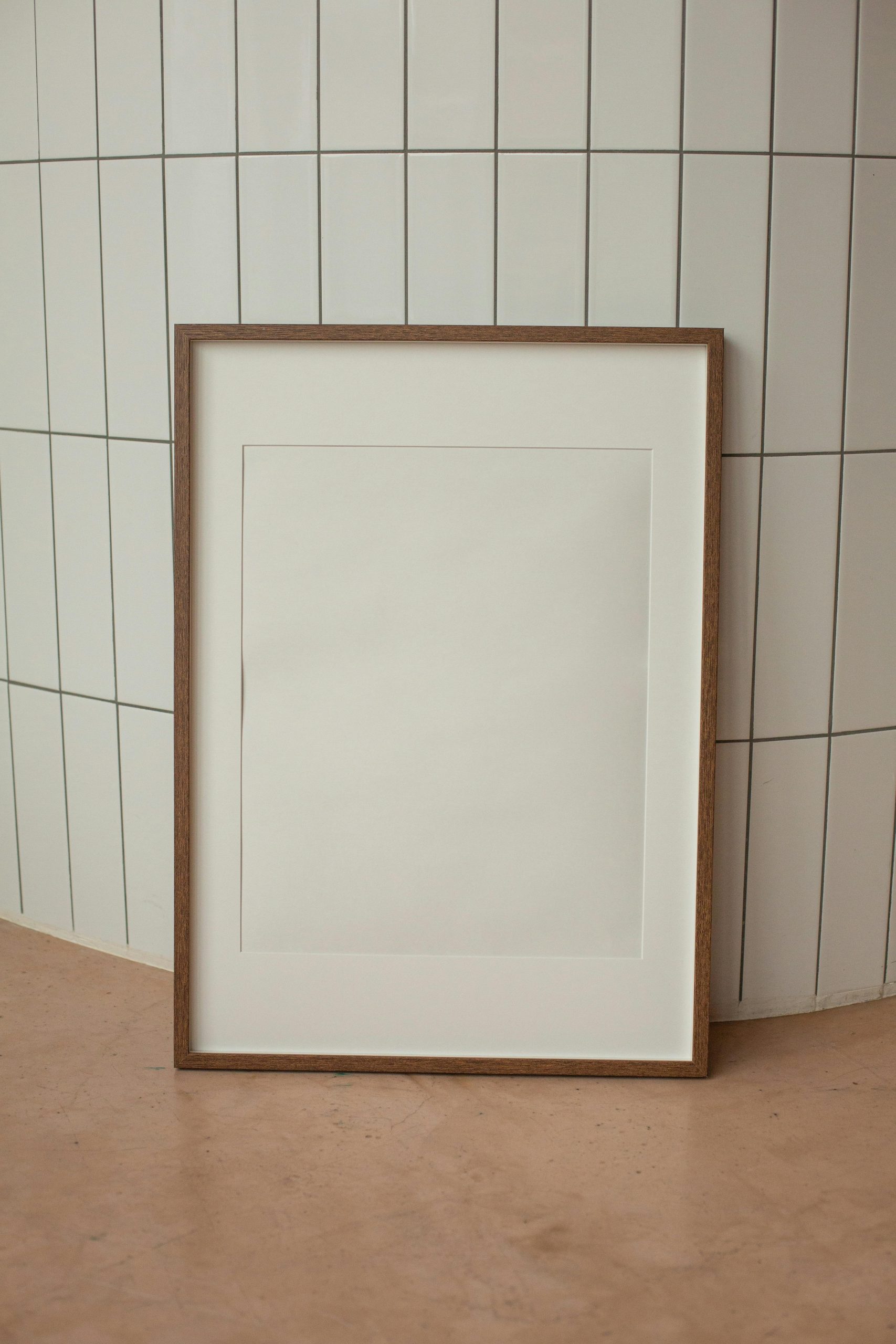Troubleshooting Regular Vertical Lines on Monitors When Displaying Dark Images
If you’ve noticed persistent vertical lines appearing on your monitor specifically when displaying darker images or scenes, you’re not alone. This common issue can be caused by various hardware and software factors, especially with high-performance setups. Below, we explore potential causes and solutions for this problem, drawing on typical user experiences and technical insights.
Understanding the Issue
Many users report seeing regularly spaced vertical lines that appear only when darker content is displayed. These lines are generally evenly spaced, may subtly darken the image, and can sometimes cause flickering effects during gameplay or video playback. Such visual artifacts can be distracting and degrade the overall viewing experience.
Common Hardware Configuration
Typical system setups include:
– Operating System: Windows 11
– CPU: AMD Ryzen 9 3900X
– GPU: NVIDIA RTX 3080
– Monitor: Example model – AOC AGON AG273QS8R4, operating at 240Hz with a 1440p resolution
– Connection: DisplayPort (including newer standards like DisplayPort 2.1), with multiple cables tested
Troubleshooting Steps and Recommendations
- Verify Display Settings and Hardware Connections
- Ensure that your monitor’s refresh rate is correctly set to 240Hz in Windows Display Settings and the monitor’s own settings.
- Confirm that you are using the recommended DisplayPort cable, preferably one that supports the full bandwidth (DisplayPort 1.4 or higher). Since you’ve tested multiple cables including a new DisplayPort 2.1, cable quality is likely not the root cause.
-
Disable any adaptive sync features, such as FreeSync, to eliminate potential conflicts—your setup indicates this is already turned off.
-
Update Graphics Drivers and Firmware
- Keep your NVIDIA drivers up to date. Use the GeForce Experience app or manually download drivers from the official NVIDIA website.
-
Check if your monitor has firmware updates available from the manufacturer’s website, as firmware bugs can sometimes cause display artifacts.
-
Adjust Monitor Settings
- Experiment with different picture modes, contrast, and brightness settings.
- Toggle any overdrive or response time enhancement features on your monitor to see if they affect the artifacts.
-
Reset the monitor to factory defaults to eliminate custom settings causing issues.
-
Test Different Display Modes and Resolutions
- Switch between resolutions and refresh rates to observe if the problem persists across configurations.
Share this content:



